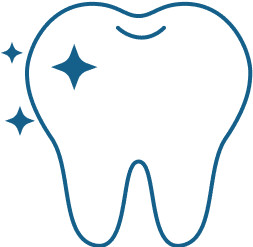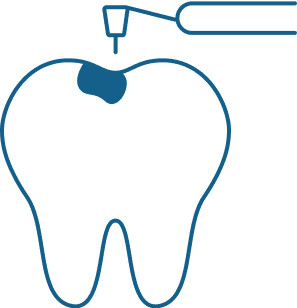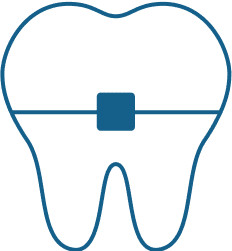Crowns in Toronto
Crowns are the finishing touch on many dental procedures. They are what provide a proper function to a damaged or decaying tooth and some can add to the aesthetics of your teeth and smile.

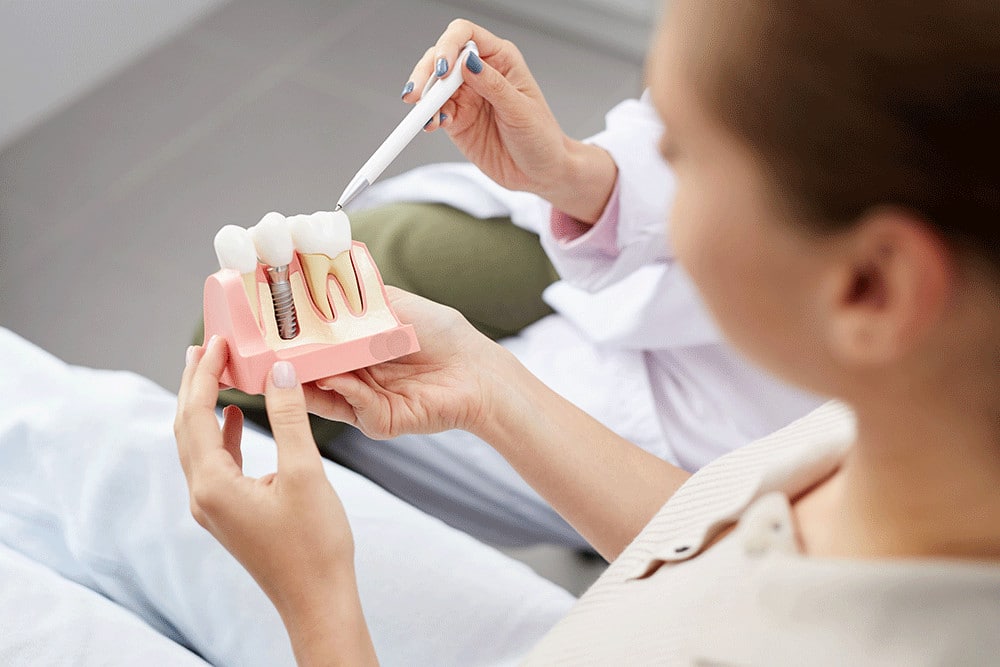

Comfortable Care
Providing sedation services with a caring staff to make your dental office visit a better experience.
Consultation
We provide treatment options and consultations that improve your oral health now and prevent issues as you age.
Highest Quality
Our new technology and educated dentists specialize in dental care that addresses both minor and major oral health issues.
Always Smiling
From our patient and compassionate staff to the dental care we provide our patients, our dental office will keep you smiling for years to come.
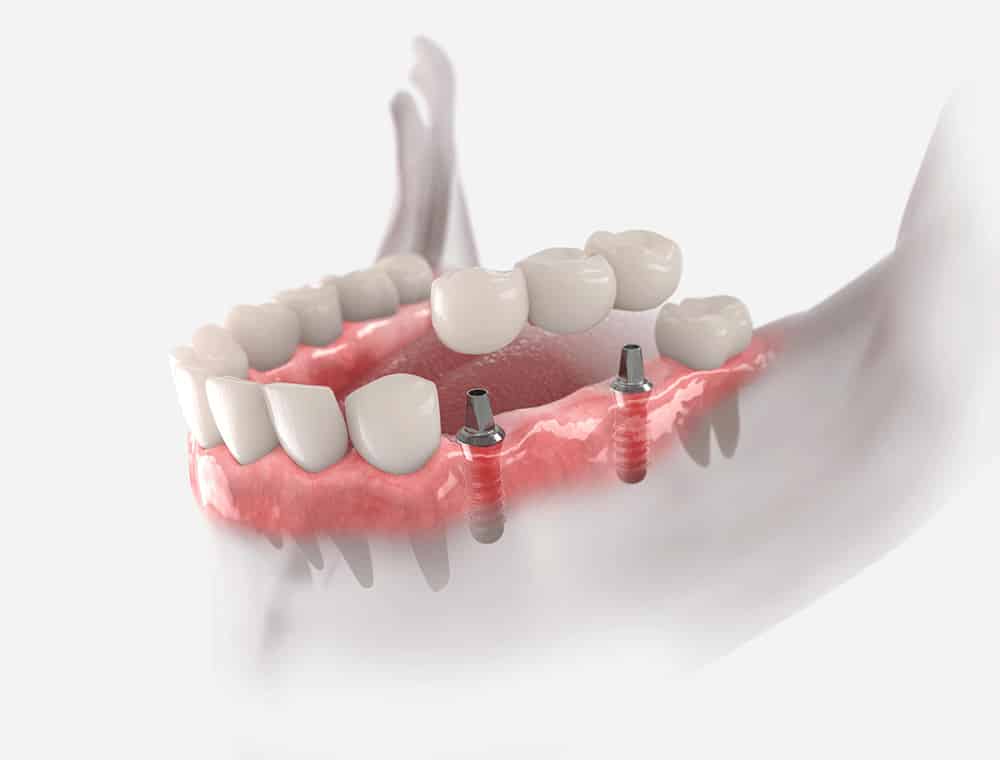
Crowns
Understanding what a crown does and why it's important will help you pick the right one for you.
A crown is a cap that is customized to fit over a tooth. It covers the tooth completely and does several things. It protects it from further damage and allows it to function for chewing again. A crown also restores the size and shape of the tooth to its original condition so it properly fills the space in your mouth. This prevents other teeth from moving or shifting.
A crown, or cap, also can improve your look if you’ve been living with damaged or decaying teeth. They cover the entire visible part of the tooth to the gum line
Why Would You Get a Crown?
Crowns are used by dentists for a variety of reasons and in many procedures. It may restore a broken tooth, protect a weak tooth and keep it from breaking, cover a tooth that has a large filling, hold a dental bridge to its spot, cover a dental implant, cover a severely discolored or misshapen tooth, or for cosmetic reasons.
Dentists will always place a crown over a tooth where they have performed a root canal. In that case, crowns protect the tooth from getting reinfected with bacteria.
Some children, even those with baby teeth, may end up getting a crown in certain circumstances. It could be a tooth is so badly decayed that a crown is needed because the dentist can’t use a filling. A crown for a child may be needed if that child is at high risk of tooth decay.
Make an Appointment
Crowns
Onlays and 3/4 Crowns
Dental crowns have some variations and two of those are onlays and 3/4 crowns. The only difference between these crowns and a traditional crown is in how much they cover the tooth. Onlays cover only the top and 3/4 crowns cover about 75% of the tooth.
Types of Crowns
Many people don’t realize there are choices in the materials that are used to create crowns today. Once upon a time, everyone got gold crowns. Gold was considered to be the strongest and toughest material and it was, in some circles, considered chic to have one.
Now, there are crowns made from stainless steel, platinum, or other metals, porcelain fused to metal, resin, ceramic, and porcelain. Reasons for choosing one material over another are the patient’s age, the strength of the material, durability, and looks.
Children are typically given stainless steel crowns because this material is considered a temporary measure and will come out when they get permanent teeth. It is also used for temporary crowns for adults until the permanent crown is made.
Dentists like gold because it is tough. It rarely will break or chip. However, it is also pricey and is bright so it shows up when people smile or talk. Many dentists will recommend using gold for back molars because they are out of sight but strong enough to withstand all the chewing molars do.
The porcelain fused to metal crowns can look like real teeth but the porcelain can chip and break and the metal can look like a dark line at the gum. They are used primarily for long bridges as well as front and back teeth.
Resin is the cheapest crowns of the selected but they are more likely to break than other types and wear down. They are used mostly for front teeth rather than back grinders.
Ceramic and porcelain crowns look the best and work well for those people allergic to metal. They can be used anywhere but can crack and break with ongoing wear like heavy chewing.
What Happens When You Get a Crown
No one gets a crown on a tooth in one visit. Typically, the dentist will perform any other procedures need first like a root canal or putting in a filling. They would have taken an X-ray to look at the risk to the tooth’s pulp or extensive decay.
The dentist will numb the area around the tooth and gum before reshaping the tooth and receiving the crown. The dentist may shave it down so there is extra room for the crown. A dentist may also need to build it up if it’s heavily decayed or damaged. This is needed to support the crown.
The dentist will then make an impression of the tooth with paste or putty, although the new technique is to use a digital scanner. Teeth above and below the tooth will also be made into impressions so the crown aligns with your bite.
The dentist will put on a temporary crown with temporary cement so you can chew and function until the permanent crown comes in. A second appointment is made.
The impressions or scans are sent to a lab where the crown is produced. The crown is delivered to the dentist in two to three weeks. The dentist will use the second visit to remove the temporary crown and check the color and fit of the permanent crown.
The dentist will numb the area again and use permanent cement to put the crown in place.
Problems With Crowns
Every process has its challenges and getting a crown has a few also. Most of the problems occur with temporary crowns because they aren’t highly durable and can break. Those with temporary crowns should be careful what they eat and shift most chewing to the side without the crown.
Foods that are chewy, sticky, or hard should be avoided.
The primary problem with a dental crown for most people is some initial discomfort. Your tooth will have some sensitivity after the procedure and could be sensitive to heat and cold. However, this shouldn’t last. Those who have pain when they bite down should call their dentist.
Your gumline could also be sensitive. Remember, there is a foreign object rubbing up against it and that could make it a bit sore. Most gums eventually adjust to the crown and the pain or soreness goes away. Call your dentist if the pain remains.
There could be problems with a crown if it becomes chipped, loose, or falls off. Chipped crowns can be repaired and a loose crown or one that falls off usually happens with the cement loosens. Your dentist can fix all of that easily.
Crowns typically don’t require special care but you should continue with a good oral hygiene routine to protect the underlying tooth and gums. That includes brushing twice a day and flossing daily. It can be difficult to floss around the crown area because that area will have less space than other teeth but it is an important task, especially around where the crown meets the gum.
Most dentists also recommend using an antibacterial mouthwash daily too.
The Lifespan of a Crown
Most crowns have a lifespan of between five and 15 years but some can last a lifetime. It depends on oral hygiene, the wear and tear you place on it and personal habits like whether you chew your fingernails, bite ice or grind your teeth.
Crowns are an effective way to protect damaged teeth and maintain chewing function. The type you get is a matter of personal preference. You should consider practicality, looks, durability, and cost in making a decision.
Other services


